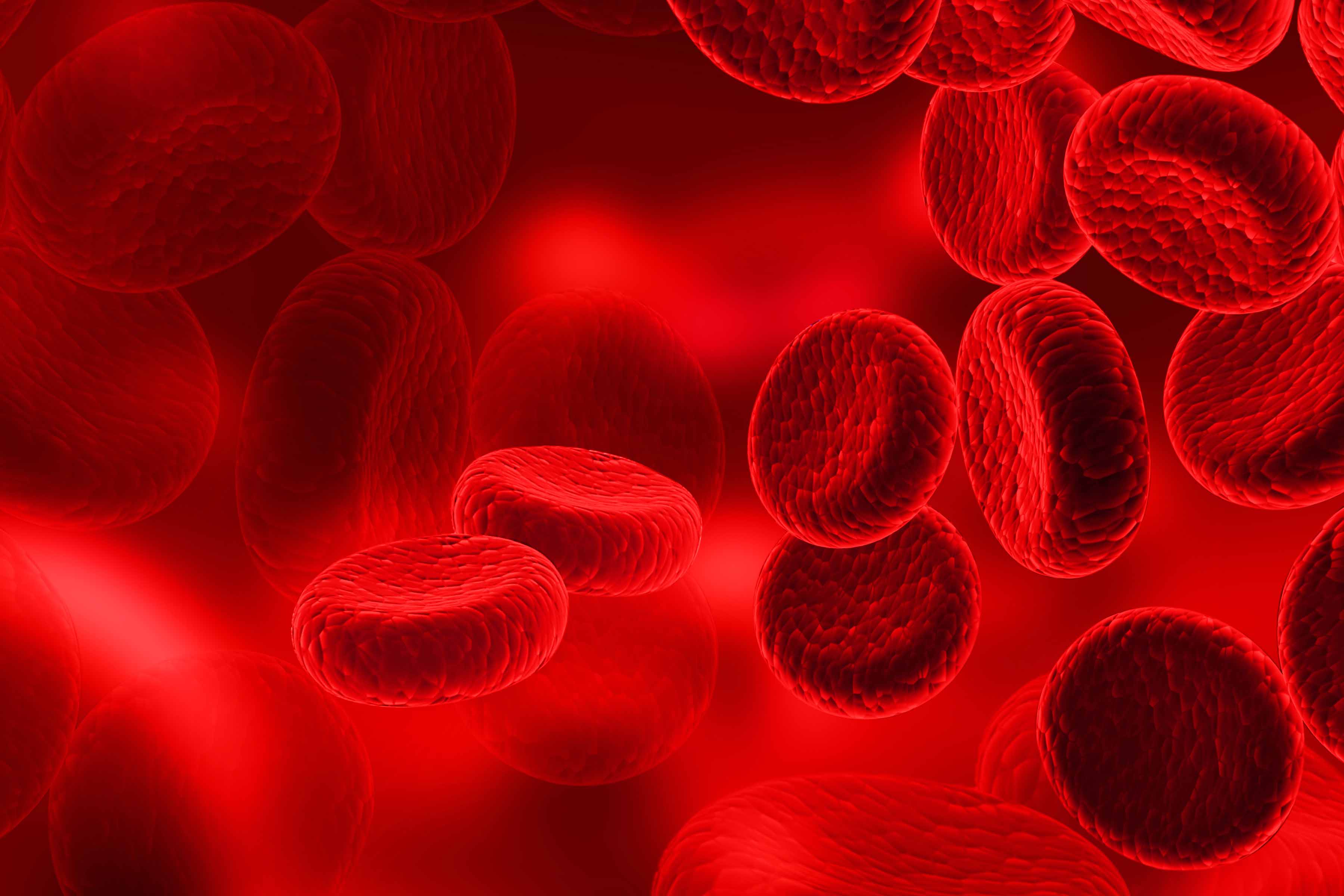Preventive medicine seeks to detect diseases or dysfunctions before irreversible problems occur. The use of specific biomarkers in the monitoring of our patients is absolutely essential. Ferritin is one of these. Higher levels of ferritin may be due to multiple causes, but it deserves special attention.
Iron deposits are evaluated by determining the levels of ferritin. In some inflammatory diseases, it rises as a reactant. However, high levels of ferritin may be concealing a disease with serious repercussions: hemochromatosis.
Dr. Celia Gonzalo Gleyzes – Neolife Medical Team
Hemochromatosis is characterized by an increase in iron absorption from the food we consume
.
Before we begin, a brief history to put us in the proper context. In 1865, Armand Trousseau observed a link between liver cirrhosis, diabetes mellitus, and skin hyperpigmentation, in a 28-year-old Parisian newspaper salesman. He calls this disease bronze diabetes. In England, in 1899, Von Recklinghausen began using a new term: “hemochromatosis“.

What is hemochromatosis?
Hemochromatosis is an autosomal recessive genetic disorder (the mutation of the two copies of the gene will result in the disorder at its greatest extent). It is characterized by an increase in the absorption of iron from our diet. This metal is accumulated due to a problem in the excretion mechanisms, causing toxic effects.
In this type of hemochromatosis, iron is deposited in parenchyma cells, but additionally (due to excess transfusions, hemolysis, etc.), it accumulates in the cells of the reticuloendothelial system.
The different types of hereditary hemochromatosis (HH) are:
- Type 1 (related to the HFE-hemochromatosis gene protein- with C282Y and H63D being the most common mutations of this gene): classic form of autosomal recessive inheritance of hereditary hemochromatosis.
- Type 2 (mutations in the hemojuvelin gene) and type 2b (mutations in the hepcidin gene): autosomal recessive. Onset of the disease at about 15-20 years of age.
- Type 3 (mutations in the transferrin receptor 2 gene): autosomal recessive, onset at 30-40 years of age.
- Type 4 (mutations in the ferroportin gene): autosomal dominant, variable onset between 10-80 years of age.
Epidemiology
Hereditary hemochromatosis is the most common autosomal recessive disease amongst white people (the risk is 6 times higher than in the black population), with a prevalence of 1 in 300-500 individuals. Type 1 is more common in individuals of northern European descent.
Men are affected 2-3 times more than women. Symptoms appear in men (in non-juvenile forms) over the age of 50 and in women later (60 years of age). This is because the later “release iron” throughout their lives through menstruation.
Excess iron and oxidative stress
Iron fulfills an essential role in multiple cellular functions, but can be harmful because of its ability to release free radicals that will in turn cause:
- Fibrosis: your cells will be replaced by fibrotic tissue.
- Enzyme inactivation.
- Carcinogenic effects: mutations, possible activation of oncogenes (especially in the liver).
Manifestations of the disease
We can say that this pathology has a multi-systemic involvement, including organs such as the liver, pancreas, heart, thyroid gland, joints, gonads, and pituitary gland.
Alcohol consumption speeds up liver and pancreatic damage.
The following are the system alterations:
- Liver damage: cirrhosis is present in 70% of patients with hemochromatosis. Increased risk of liver cancer.
- Pancreas: iron accumulates affecting organ functions, such as insulin secretion, resulting in secondary diabetes. It is worth noting that heterozygous patients may present this alteration.
- Joints: pain without destruction. Calcium pyrophosphate crystals are detected in synovial liquid.
- Heart: risk of congestive heart failure secondary to dilated cardiomyopathy and arrhythmias. Left ventricle dysfunction may sometimes be reversible.
- Pituitary gland and hypothalamus: effects on sex hormones, risk of androgen deficiency, impotence, etc.
- Skin: “bronze” skin tone, hyperpigmentation that is produced by the accumulation of iron and melanin.
- Immunity: worsening of phagocytosis, risk of infection with Listeria, Yersinia enterocolitica, and Vibrio vulnificus (raw mollusks should be avoided).
- Thyroid gland: increased risk of hypothyroidism.
- Adrenal and parathyroid glands: some cases of adrenal insufficiency and hypoparathyroidism have been described (1).
Curiosities: mutations with certain benefits.
The different variants of a gene are called polymorphisms. It is no coincidence that HFE gene mutations have continued to be transmitted over the centuries in Caucasian populations. Apparently, they offer advantages in the health of their carriers (immune system and fertility). Additionally, they reduce the risk of pathologies such as Parkinson’s disease, Alzheimer’s disease, amyotrophic lateral sclerosis, and atherosclerosis. Heterozygous patients (individuals with an altered copy of the gene) may benefit from the slight increase in levels of iron caused by these mutations. Benefits in homozygous individuals (two altered copies) may occur during childhood and in young adults, before iron overload (2).
Treatment
In patients diagnosed with hemochromatosis, it is important to provide dietary advice to limit the intake of iron and vitamin C. Therapeutic phlebotomy (extraction of 500 ml of blood) should be prescribed when ferritin levels are too high.
The doctor will need to rule out complications associated with hemochromatosis and treat them, if there are any. The patient may need the intervention of different specialists (digestive system, endocrinology, transplant center, cardiology, rheumatology and dermatology).
BIBLIOGRAFÍA
(1) Porter JL, Rawla P. Hemochromatosis. 2020 Jun 18. In: StatPearls [Internet]. Treasure Island (FL): StatPearls Publishing; 2020 Jan–. PMID: 28613612.
https://pubmed.ncbi.nlm.nih.gov/28613612/
(2) Katsarou MS, Papasavva M, Latsi R, Drakoulis N. Hemochromatosis: Hereditary hemochromatosis and HFE gene. Vitam Horm. 2019;110:201-222. doi: 10.1016/bs.vh.2019.01.010. Epub 2019 Feb 8. PMID: 30798813.
https://pubmed.ncbi.nlm.nih.gov/30798813/
